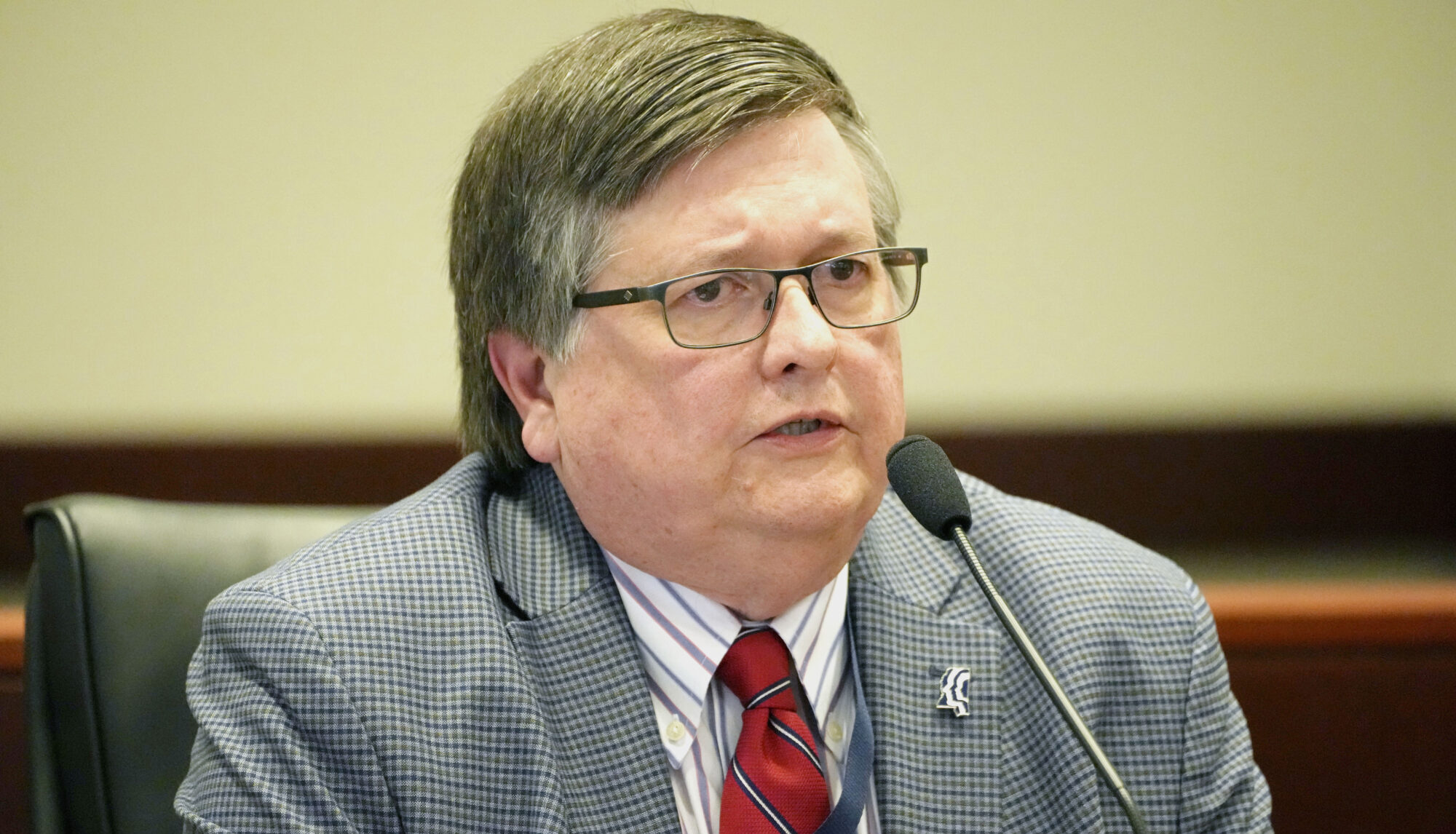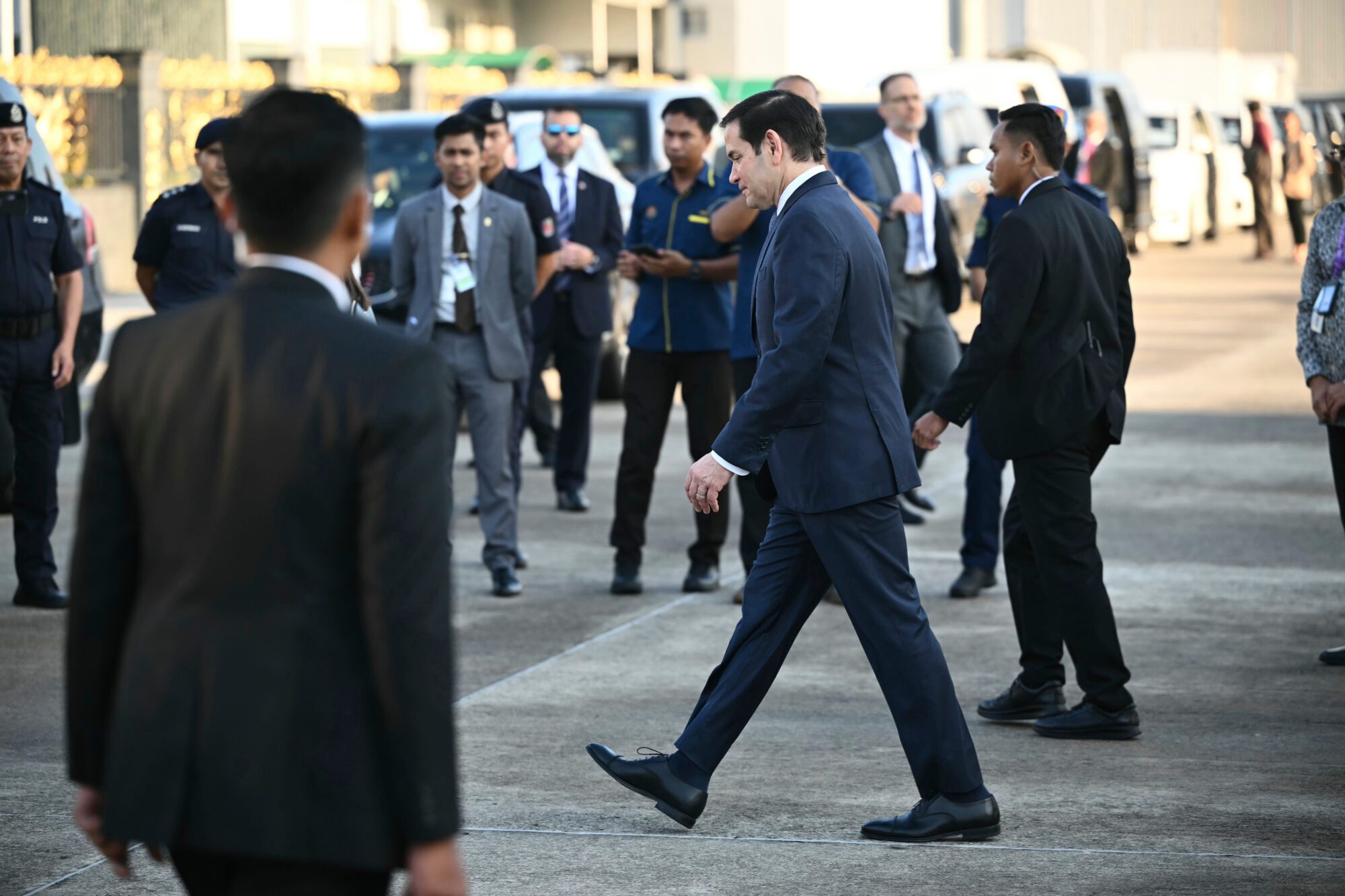**Web Non-exclusive**
Tracks to the Future
by Sen. Trent Lott
You’ve probably heard the question put like this: “If America wants to save energy, decrease congestion, pollution and save lives, why don’t we use more trains? The Europeans and Japanese do it, why can’t we?” Well, we first must create the right incentives to do so, laying new tracks to America’s future.
That’s one of the reasons I’ve introduced the Freight Rail Infrastructure Capacity Expansion Act to provide tax incentives to businesses investing in America’s rail infrastructure, modernizing it to meet the ever growing demands of our aged rail system.
It’s not really a question of creating demand for rail freight. We have plenty of freight rail traffic. In fact, that’s part of the problem. It’s about increasing our capacity.
For instance, our freight railroads already are straining under the ever-increasing freight rail demands. However, because new rail tunnels, routes, bridges and other needs are so costly, our freight rail system cannot pay for the needed improvements required to meet an expected 70 percent increase in rail freight between 2000 and 2020.
Freight railroading already is one of the most cost-intensive businesses, with capital expenditures averaging almost 20 percent of revenues, compared to about four percent for most manufacturers.
My bill provides tax incentives for freight railroads and businesses which build needed new tracks, spurs, signals and other railroad infrastructure needs. Specifically, qualifying businesses making these rail investments can be eligible for a 25 percent tax credit.
Trucking and rail transportation cannot be seen as competitors if we are to meet the burgeoning amount of 21st century freight. Instead, their respective modes must be part of a seamless integration of all transportation systems ? rails, roads and runways. That’s why entities other than railroads also qualify for the tax credit. For instance, if a shipper like a building supply store, auto parts house, or a retailer builds a rail spur from their distribution center to a main rail line, that business could be eligible for the tax credit. Even a trucking company that builds a new truck-rail intermodal facility could be eligible for the break.
I’ve taken some criticism for supporting railroads, not necessarily railroad companies, as a mode of transportation. I’ve gone to bat for Amtrak because I’m convinced America must have some form of passenger rail transportation. After 9/11, rail was the only option for many travelers.
As in the case of the dangerous CSX line along the Mississippi coast, I’ve also been very aggressive in trying to move rail lines away from congested and populated areas, both for safety and to make shipments along the rails more efficient and less hindered by rail crossings and other obstacles.
Some Americans believe rails are vestiges of the 19th century, but I believe they’ll have a place in the 21st century and well beyond. Nothing compares to locomotives in terms of raw ability to move things. And, remember, even the most archaic train engines today are basically driven by clean electric motors. Much like a hybrid car, the trains’ diesel engines only serve to charge the electrical system, which provides primary propulsion. Here, too, we see the immense potential our rail systems have, as conventional energy sources become more limited and costly.
There are dozens of good reasons to invest in America’s rail infrastructure. Providing tax incentives for businesses that do so makes sense. If the ever-increasing amount of freight rail traffic is any indicator, the history of America’s rail system is far from over. There are plenty of rails in America’s future, and it’s time to lay new track toward that future today. (8/10/06)
Senator Lott welcomes any questions or comments about this column. Write to: U.S. Senator Trent Lott, 487 Russell Senate Office Building, Washington, D.C. 20510 (Attn: Press Office)






